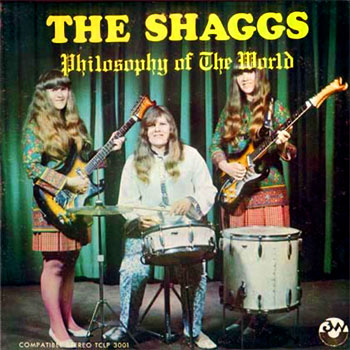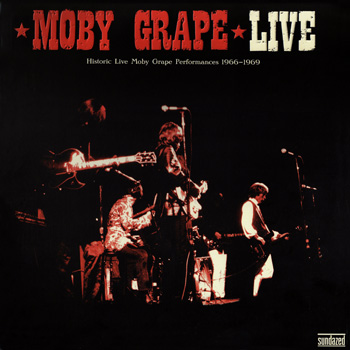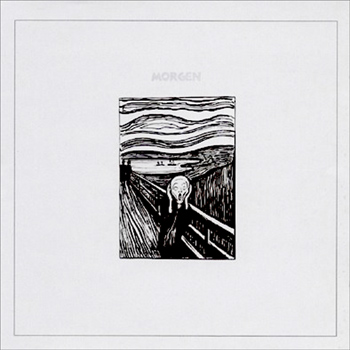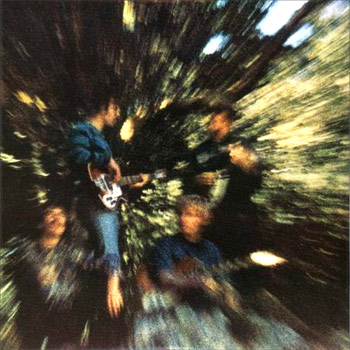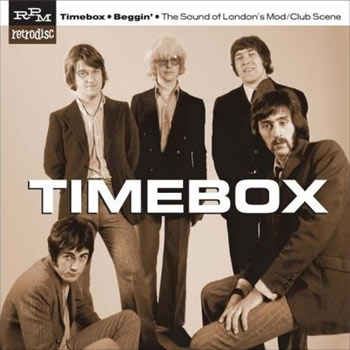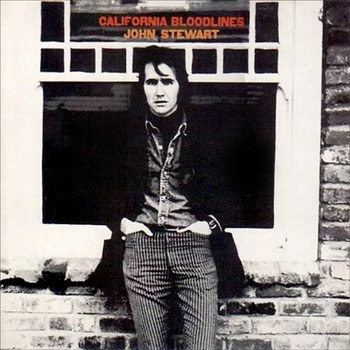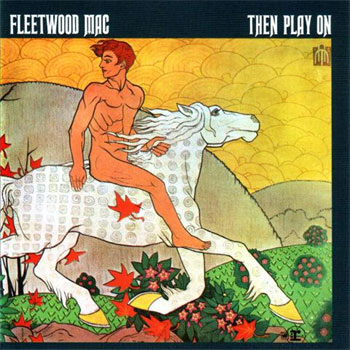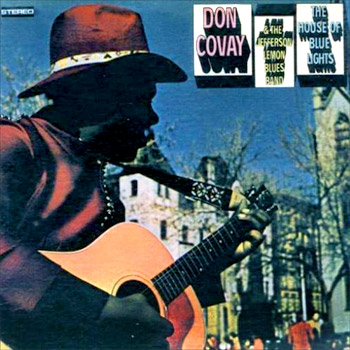PODCAST 21 Dark in my Heart

Running Time: 51:43 | File Size 70.3 MB
Download: .mp3
To subscribe to this podcast: https://therisingstorm.net/podcast.xml [?]
1. Hank Williams – Lonesome Whistle (1951) from Revealed: The Unreleased Recordings
2. Lee Hazlewood – Dark In My Heart (1967) from Lee Hazlewoodism, Its Cause and Cure
3. Addie Pray (Bill Lincoln from Euphoria) – Wings In The Wind (1970-1971) from Late For The Dance
4. Elyse (with Neil Young) – Houses (1969) from Elyse
5. The Youngbloods – Foolin’ Around (The Waltz) from The Youngbloods (1967)
6. J.J. Light – Gallup, New Mexico (1969) from Heya!
7. Roscoe Holcomb – Coal Creek (date unknown) from An Untamed Sense of Control
8. Buffy Sainte-Marie – Poppies (1969) from Illuminations
9. Bert Jansch – Cluck Old Hen (1974) from LA Turnaround
10. Graham Nash & David Crosby – Frozen Smiles (1972) from self-titled LP
11. Ry Cooder – France Chance (1970) from Ry Cooder
12. John Simon – Did You See? (1970) John Simon’s Album
13. The Beau Brummels – One Too Many Mornings (1966) from Magic Hollow Box Set
14. Space Opera – Blue Ridge Mountains (1972) from Space Opera
15. Pearls Before Swine – Ballad to an Amber Lady (1967) from One Nation Underground
16. Muleskinner – Muleskinner Blues (1972) from Muleskinner
17. Tim Buckley – Song to the Siren – Morning Glory – The Tim Buckley Story
18. The Band – The Rumor (1970) from Stage Fright
